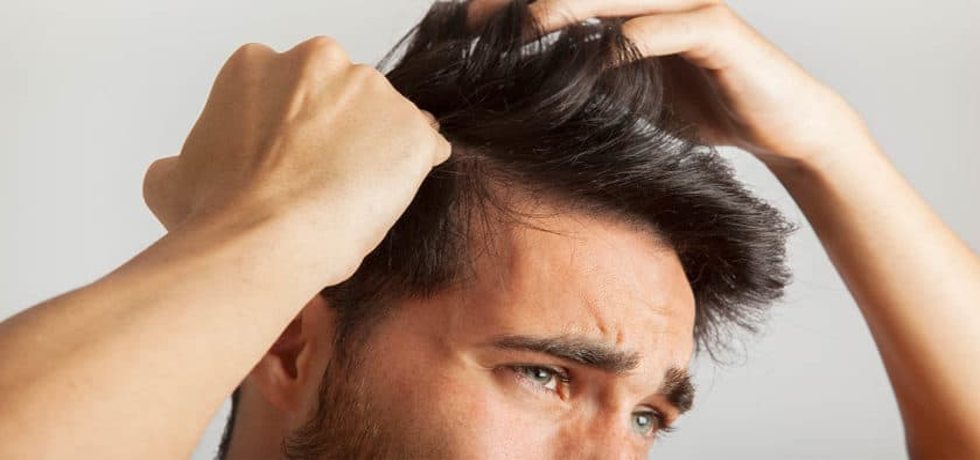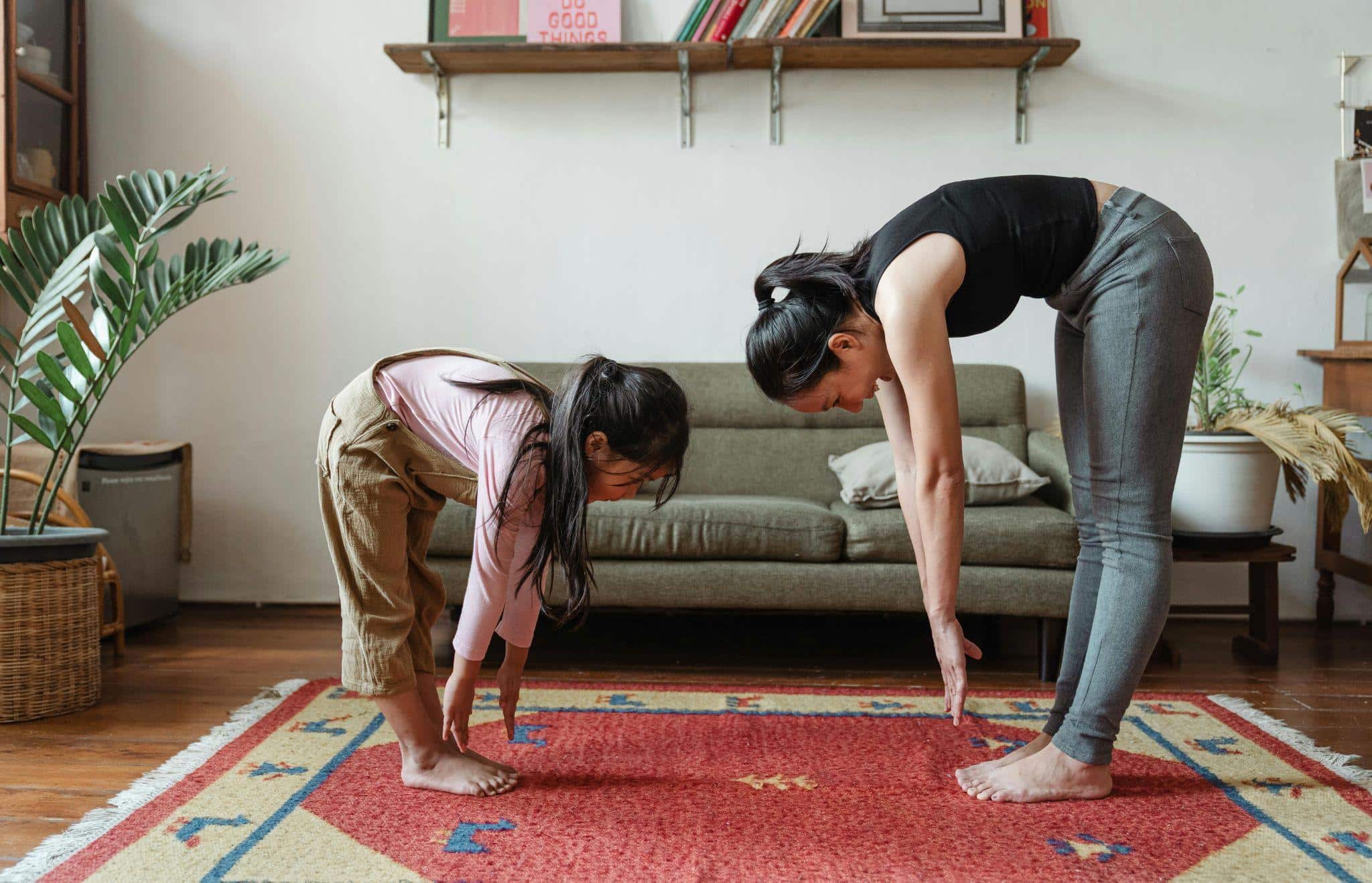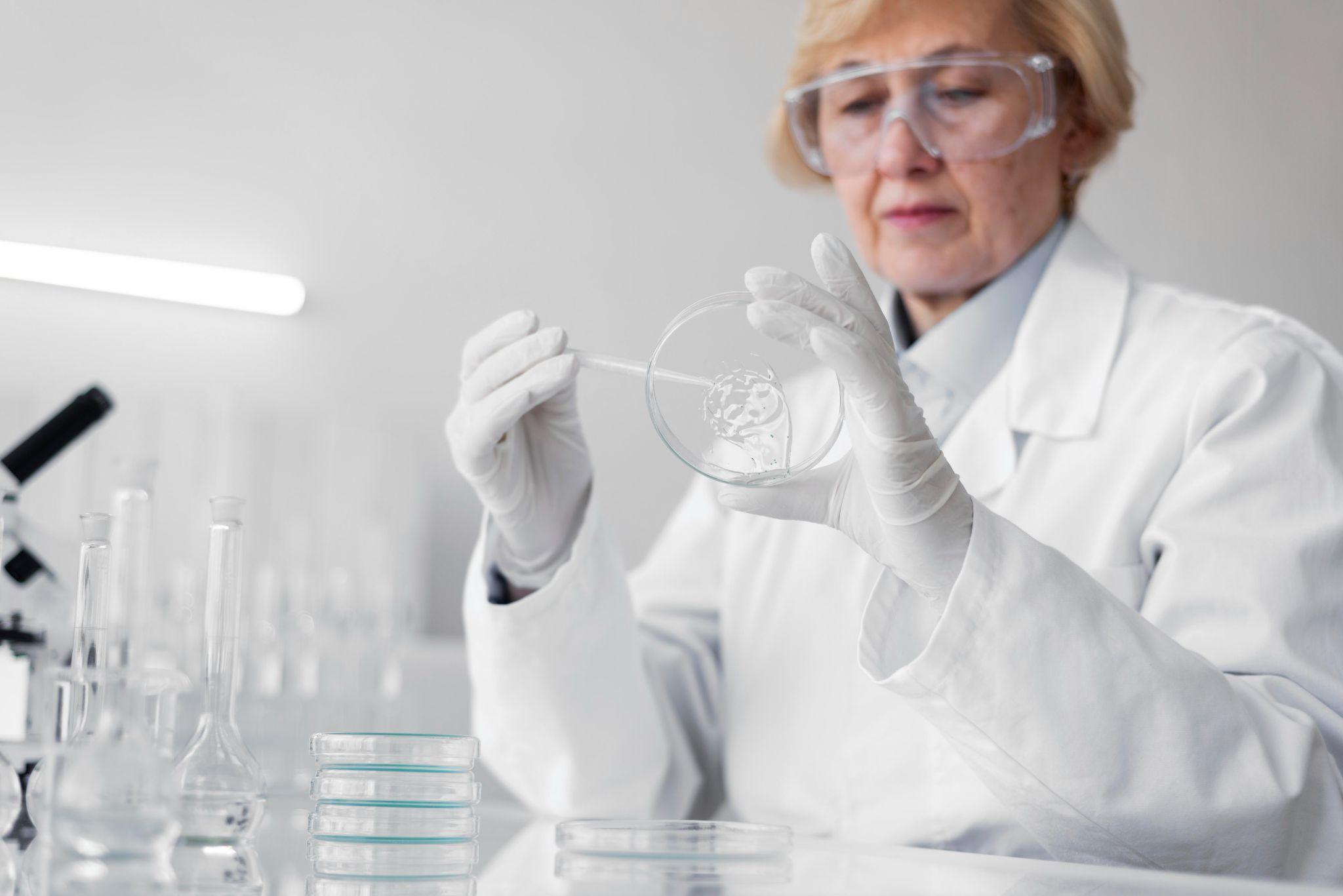
The frequency of haircuts can significantly impact the health and appearance of hair. For most people, a trim every six to eight weeks is ideal to maintain style and prevent split ends. However, individual hair type, style, and growth rate can influence this timeline.
Those with shorter hairstyles may require more regular maintenance to keep their look sharp, while individuals with longer hair might extend the time between cuts. Understanding one’s hair needs can lead to a more tailored approach to hair care.
Understanding Hair Growth

Hair growth is a complex process influenced by several biological cycles and external factors. Knowing how these elements interact can guide individuals in determining the best frequency for haircuts.
Hair Growth Cycles
Hair grows in three main phases: anagen, catagen, and telogen.
- Anagen phase: This is the active growth phase where hair follicle cells proliferate. It can last from 2 to 7 years, depending on genetics and health.
- Catagen phase: This is a transitional stage lasting about 2 to 3 weeks, where growth stops, and the hair follicle shrinks.
- Telogen phase: This is the resting phase lasting around 3 months before the hair falls out.
Each follicle operates on its own cycle, leading to hair shedding occurring at different times. Regular trims can help remove split ends and promote a healthier appearance during these phases.
Factors Influencing Hair Growth
Several factors impact hair growth rates.
- Genetics: Family history largely determines hair growth patterns and thickness.
- Nutrition: A diet rich in proteins, vitamins (particularly B vitamins), and minerals supports hair health.
- Hormones: Hormonal changes due to age, pregnancy, or medical conditions can accelerate or slow hair growth.
- Health Conditions: Conditions like thyroid disorders or alopecia can significantly affect hair growth.
- Hair Care Practices: Frequent use of harsh chemicals or heat styling can damage hair, necessitating more frequent trims. Choosing a reputable hair salon in Miami that prioritizes hair health may enhance overall growth.
Understanding these elements enables better management of personal hair care routines.
Haircut Frequency Recommendations
Determining how often to cut hair varies based on individual factors such as hair type, maintenance style, and professional recommendations. This section outlines specific guidelines to help establish an appropriate haircut schedule.
General Guidelines
A common recommendation is to get a trim every 6 to 8 weeks. Regular trims can prevent split ends and promote healthy hair growth. Professional stylist Danny Jelaca suggests that maintaining a consistent schedule can enhance the overall look of the hair.
For those seeking to grow their hair long, waiting about 10 to 12 weeks between cuts may suffice. This interval allows for necessary maintenance without sacrificing length. However, those with layered or textured styles may need more frequent trims to maintain shape and structure.
Hair Type and Texture Considerations
Hair type significantly impacts how often one should cut their hair. For example, oily hair may require more frequent trims to manage excess oil and prevent flatness. In contrast, dry or curly hair may benefit from less frequent cuts, as cutting too often can exacerbate dryness.
Straight Hair: Usually requires more regular trims due to its tendency to show split ends quickly.
Curly Hair: Can often go longer between cuts, roughly every 8 to 12 weeks, to maintain the curl’s natural pattern.
Fine Hair: This type may need trims every 6 weeks to retain volume and bounce, as it easily appears limp.
Hair Length and Style Maintenance
The length of the hair directly influences how often it should be cut. Short hairstyles, such as pixie cuts or bobs, require trims every 4 to 6 weeks to maintain their shape. This frequent upkeep ensures the style remains sharp and defined.
Medium-length styles can be managed with trims every 6 to 8 weeks. This allows for the maintenance of layers and volume without extreme shape changes.
Long hair, depending on individual preferences, can often go 10 to 12 weeks. This schedule supports healthy growth and retains the hair’s natural texture. Regular trims every few months will keep ends healthy and prevent excessive damage.
Choosing the Right Hair Stylist
Selecting a skilled hair stylist is crucial for maintaining healthy hair. A professional like Danny Jelaca, known in the industry, is a great example of expertise in hair care.
Consider these factors when choosing a stylist:
- Experience: Look for stylists with a strong background in various hair types and styles.
- Specialization: Some stylists focus on cutting, while others are experts in coloring or treatments. Find one that suits your needs.
- Reviews: Check online reviews or testimonials to gauge client satisfaction.
Visiting a reputable Hair Salon in Miami can offer access to talented professionals. Salons often showcase portfolios of their work, making it easier to assess stylist skill.
Initial consultations are beneficial. They allow clients to discuss their hair goals, assess the stylist’s approach, and build rapport.
Trust and comfort with your stylist can significantly enhance your hair care experience. Consider these points carefully when making your choice to ensure satisfactory results.
Benefits of Regular Haircuts

Regular haircuts offer numerous advantages that extend beyond aesthetics. They play a vital role in maintaining hair health, enhancing style, and providing psychological benefits that contribute to overall well-being.
Maintaining Hair Health
Regular trims help eliminate split ends and prevent damage from spreading further up the hair shaft. This practice leads to stronger, healthier hair over time. By getting hair cut every 6 to 8 weeks, individuals can also encourage hair growth, as healthier hair is less prone to breakage.
In addition, regular haircuts ensure that the hair retains its moisture balance. Well-maintained hair appears shinier and more vibrant. Taking care of one’s hair by trimming it regularly can also provide insights into its overall condition, prompting necessary changes in care routines or products.
Enhancing Hair Style
A fresh haircut can dramatically enhance a person’s hairstyle. It improves the overall shape and allows for easier styling. By removing excess weight or bulk, hair can gain movement and volume, enabling a more flattering look.
Regular haircuts also allow individuals to keep up with trends, ensuring their style remains contemporary. A well-defined haircut can serve as a foundation for experimenting with various hairstyles, colors, and textures without compromising hair integrity.
Psychological Benefits
Beyond physical appearance, regular haircuts can boost confidence and self-esteem. A new hairstyle can renew a person’s sense of self, making them feel rejuvenated and ready to face new challenges.
Moreover, the act of visiting a salon can be a form of self-care. It provides a break from routine and an opportunity for relaxation, which is important for mental well-being. Many find that maintaining their hair through regular cuts contributes positively to their mood and outlook on life.















